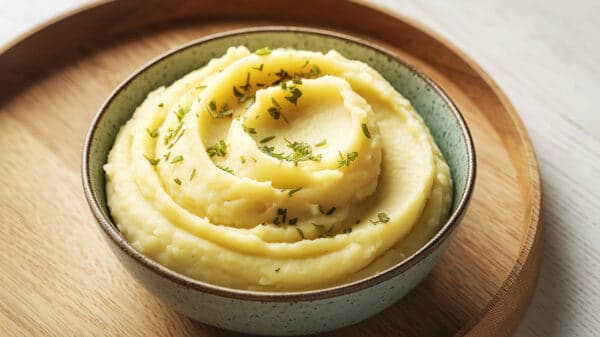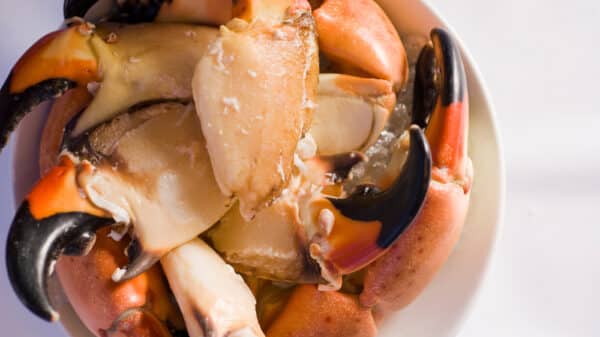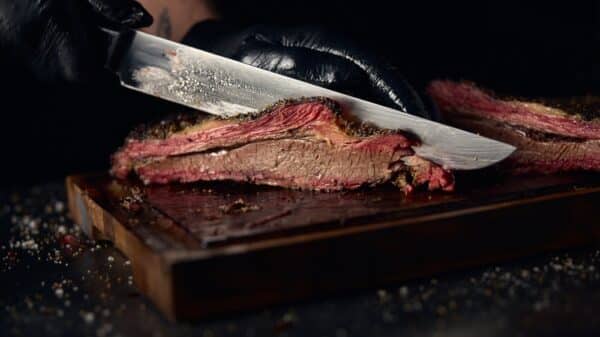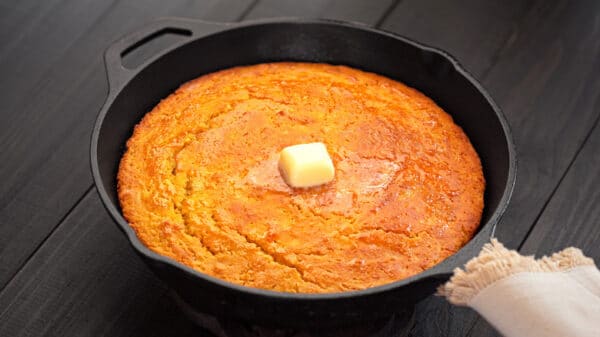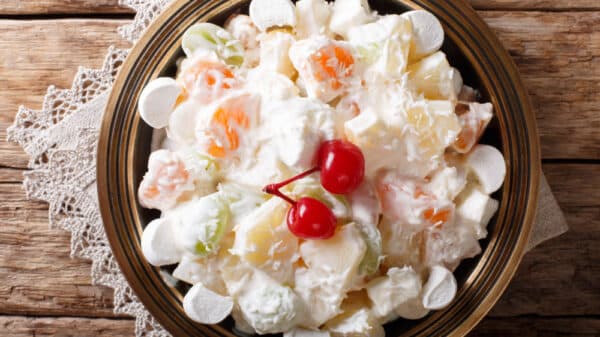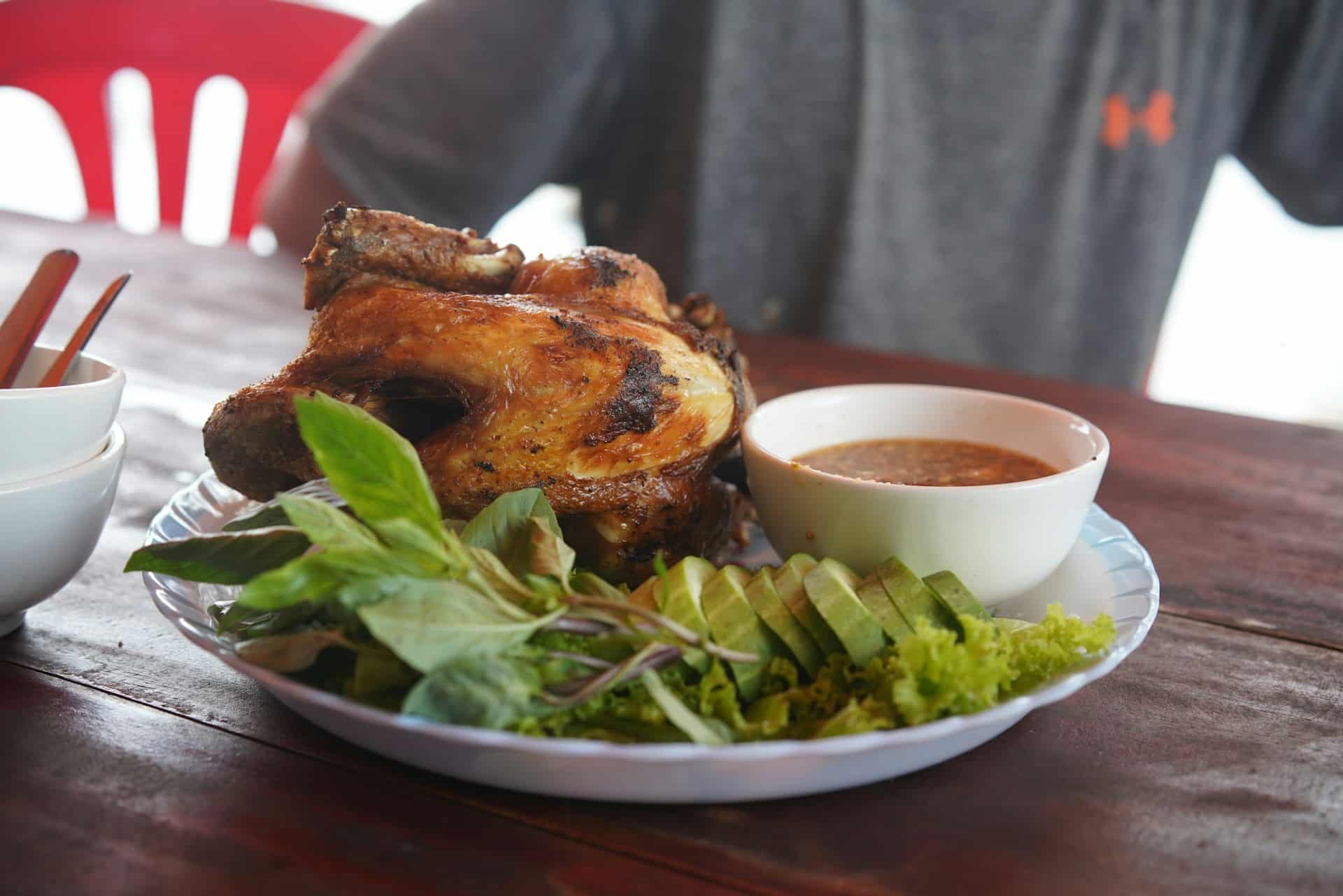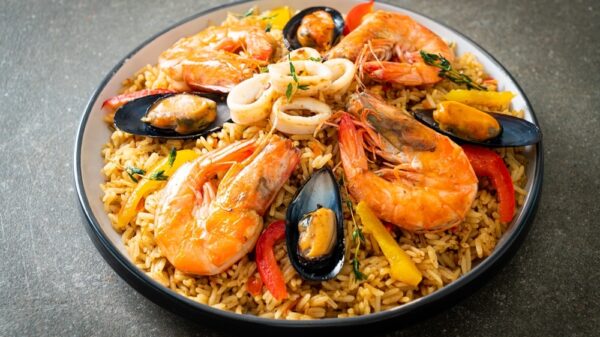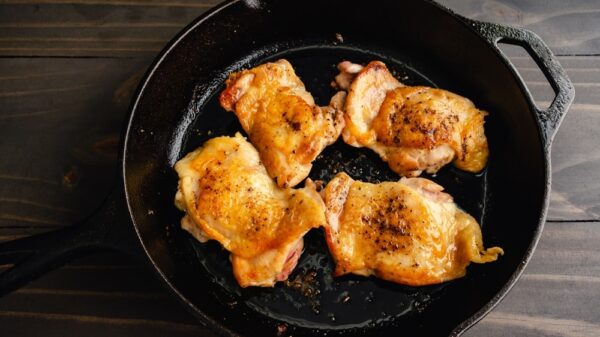Chicken is a beloved staple across cuisines all over the world, providing versatility and great nutrition. However, many home cooks find themselves struggling to replicate the moist, flavorful chicken that is often served in restaurants. So what are the culinary secrets that yield that quality? Understanding key techniques can transform your chicken dishes from mundane to magnificent.
One essential aspect is mastering seasoning, ensuring that your chicken is adequately flavored throughout. Additionally, preparing the meat correctly contributes significantly to juiciness. By being attentive to cooking and resting times, anyone can elevate their chicken dishes to restaurant quality.
The Importance of Seasoning
A common issue in home cooking is under-seasoning. While it may feel daunting, using about 1 teaspoon of salt per pound of chicken, along with 1 to 2 tablespoons of seasoning blends, can significantly bring out the flavors. For a truly delectable result, consider a homemade poultry seasoning mix comprising nutmeg, thyme, rosemary, and black pepper.
Marinating is another fantastic way to infuse flavor; the inclusion of acidic components like vinegar or citrus juice helps tenderize the meat and adds depth. A marination period of two to three hours in the refrigerator promises enhanced flavor and texture.
Mastering the Brining Technique
Brining is often overlooked but can make a notable difference. The two main methods, wet and dry brining, each have unique benefits. Wet brining can quickly fill the poultry with moisture, while dry brining enhances the skin’s crispiness. Wet brining requires a suitable container, which might be a drawback, but a whole chicken can be brined overnight with remarkable results. Experimenting with these techniques can elevate your cooking, making your chicken irresistibly juicy.
Temperature Control and Resting
Overcooking chicken to ensure safety often leads to dry meat, but temperature management is key. The USDA recommends cooking chicken to an internal temperature of 165 degrees Fahrenheit, yet it’s possible to remove the chicken from heat slightly earlier for optimal moisture retention. Resting the chicken for several minutes post-cooking allows juices to redistribute, resulting in a thoroughly enjoyable meal.
Utilizing a meat thermometer is vital for accuracy. Avoiding common mistakes like misplacing the thermometer can make all the difference in achieving perfectly cooked chicken.
Image Source: Unsplash

